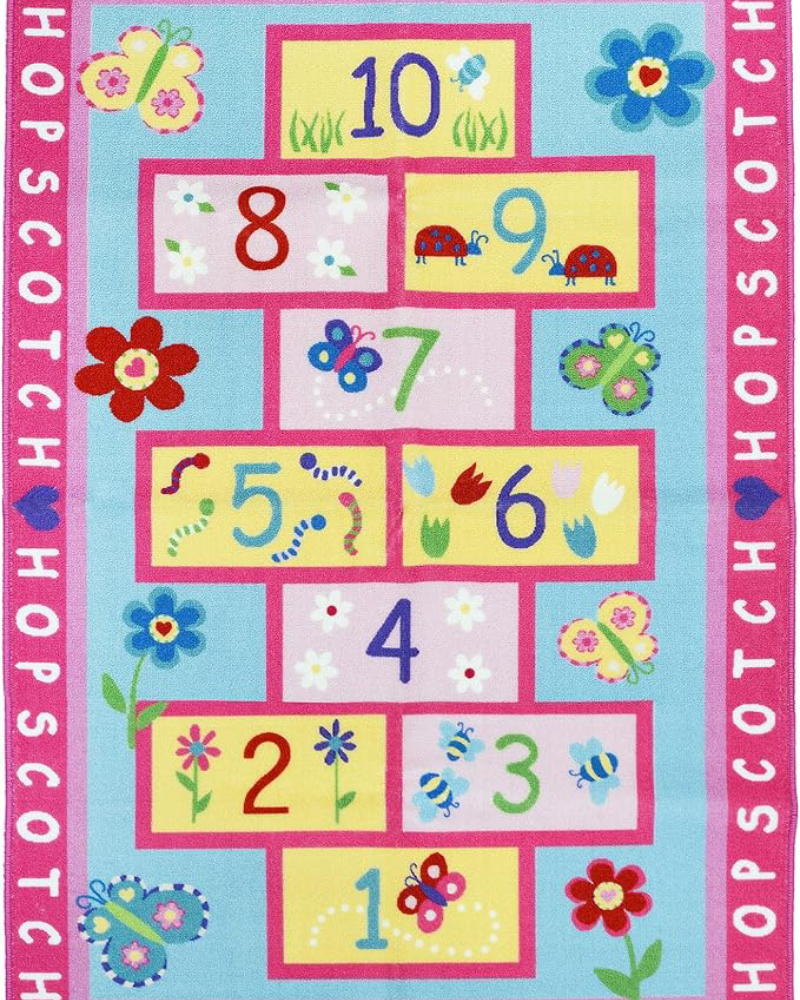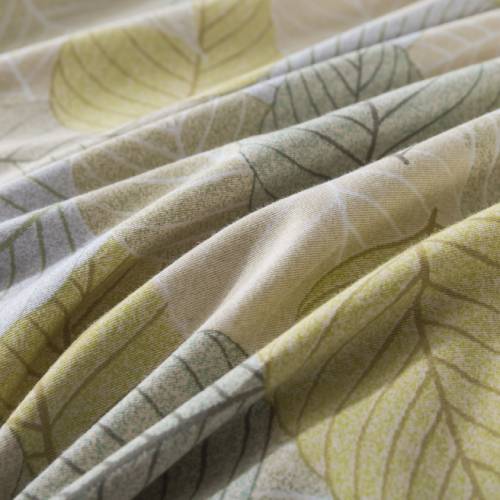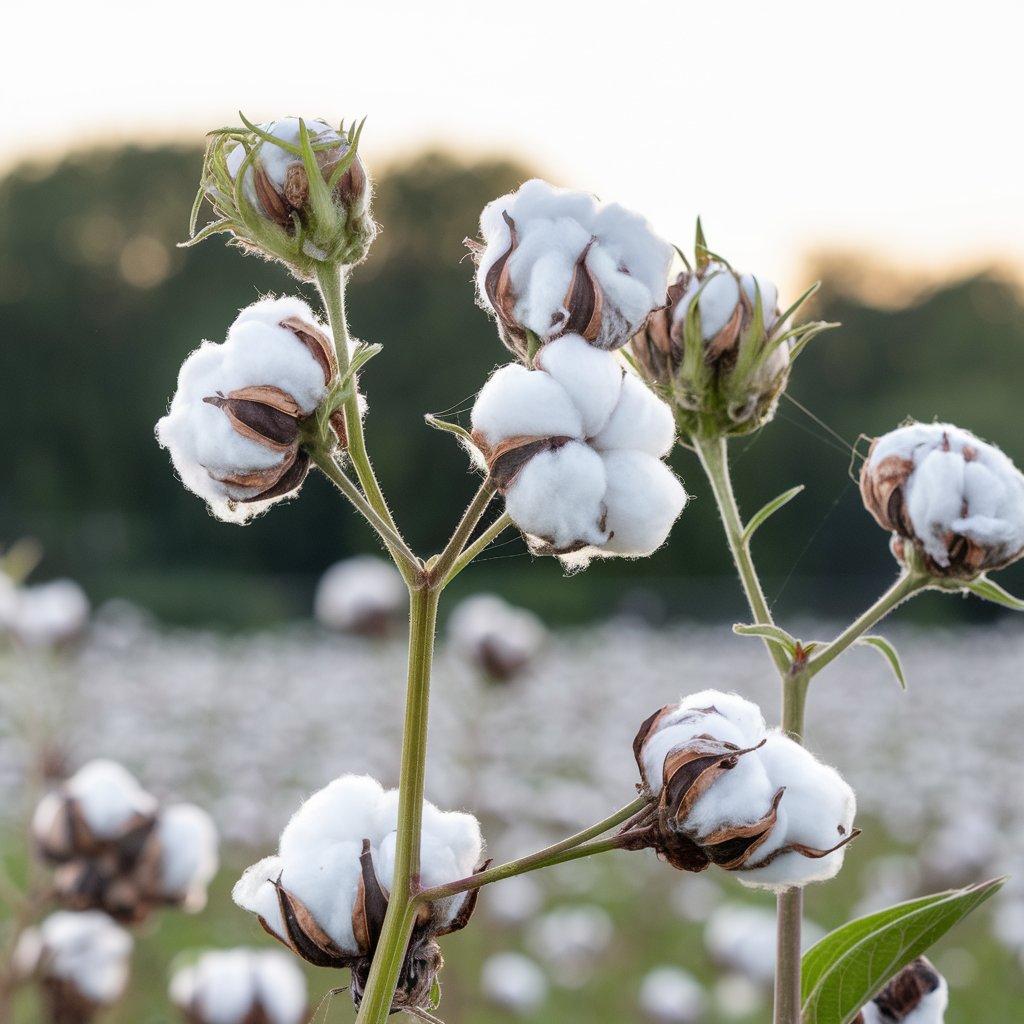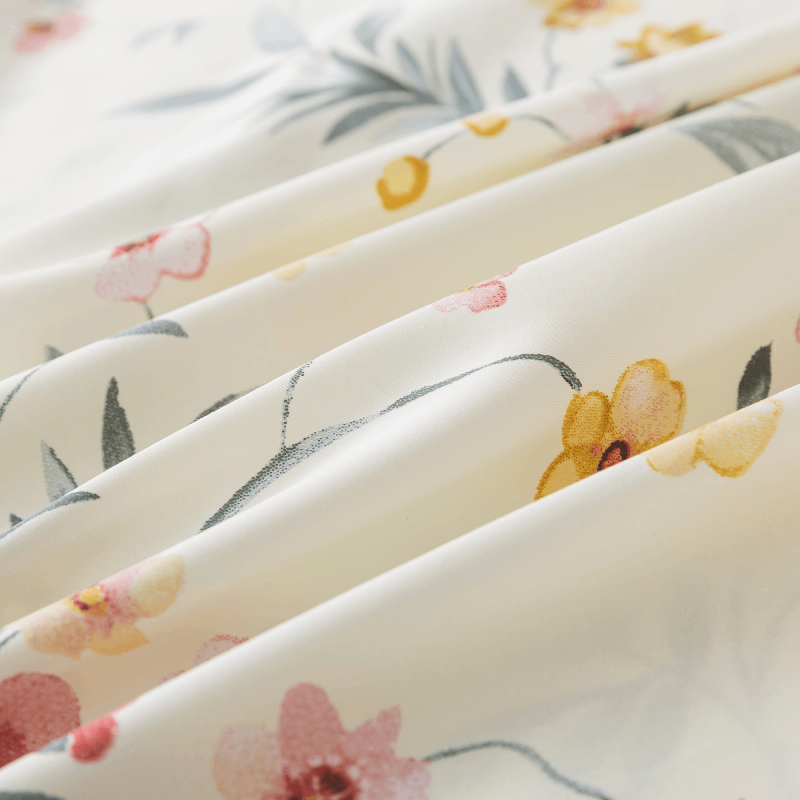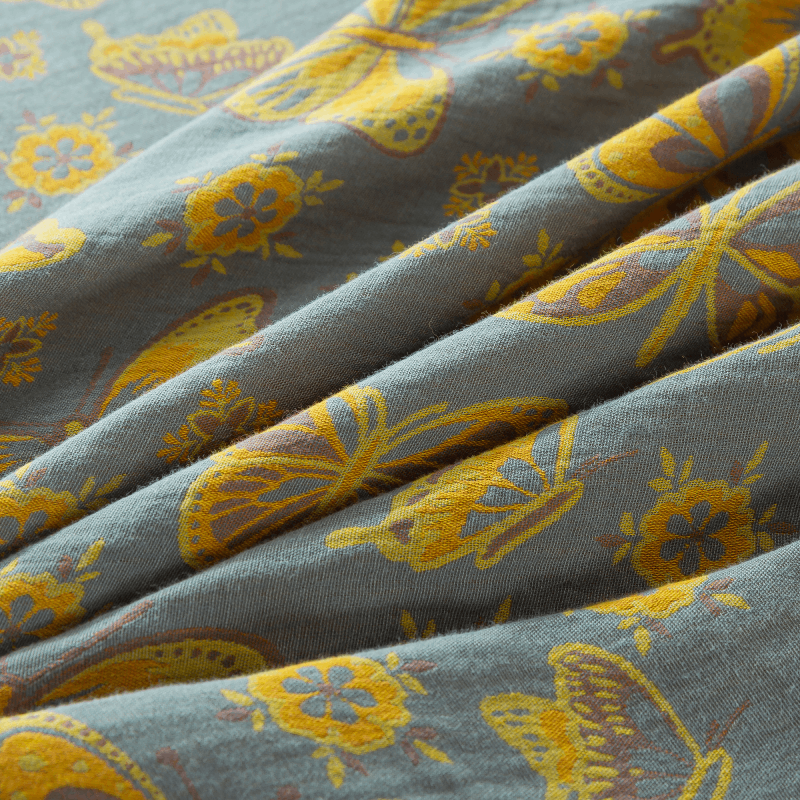Cotton plants, belonging to the genus Gossypium, are well-known for their fluffy, white fibers that are harvested to produce cotton fabric. These plants have a unique and recognizable appearance, making them a fascinating subject for gardening enthusiasts, farmers, and anyone curious about the textile industry. In this blog, we will explore the various characteristics of cotton plants, including their physical features, growth stages, and the environments in which they thrive.
The Physical Characteristics of Cotton Plants
Cotton plants are perennial in their native tropical and subtropical environments but are often grown as annuals in temperate regions. They typically reach heights of 3 to 6 feet, depending on the variety and growing conditions.
Leaves
One of the first distinguishing features of the cotton plant is its leaves. The leaves are broad, palmate (hand-shaped), and typically have three to five lobes. The edges are serrated, giving them a slightly jagged appearance. Cotton leaves can vary in color from light green to dark green, depending on the specific variety and growing conditions. They are an important part of the plant's photosynthesis process, allowing it to harness sunlight for energy.
Stems and Branches
Cotton plants have sturdy, upright stems that can be green or reddish in color. The stems are covered in small, soft hairs and may develop thorns as they mature, which can help deter herbivores. As the plant grows, it produces several branches, creating a bushy appearance. The branching structure allows for more leaves and, subsequently, more cotton bolls to develop.

Flowers
Cotton flowers are another striking feature of the plant. The blooms are usually white or creamy yellow, resembling hibiscus flowers. Each flower has five petals and a central cluster of stamens. Interestingly, cotton flowers are short-lived; they bloom in the morning and wither by the afternoon. After pollination, the flower will drop, and the cotton boll will begin to form.
The transition from flower to boll is fascinating. Initially, the bolls are green and round, resembling small fruits. As they mature, they grow larger and start to change color, typically becoming a yellowish-green before turning brown. This change signals that the bolls are ready for harvest.
Cotton Bolls
The cotton bolls are perhaps the most iconic part of the cotton plant. They are the protective capsules that house the cotton fibers. Once the bolls mature, they split open, revealing the fluffy white fibers inside. This is the cotton we recognize and use in textiles. The fibers are attached to seeds, which can also be used to produce cottonseed oil and animal feed.
The bolls contain several seeds, typically around 5 to 10 per boll, and the amount of fiber produced can vary significantly between different varieties of cotton. Each seed is surrounded by a fluffy mass of cotton, which can sometimes be mistaken for the flower itself.
Growth Stages of Cotton Plants
Cotton plants undergo several growth stages before they are ready for harvest. Understanding these stages can help appreciate the plant’s development and the effort involved in cotton farming.
Germination: This initial stage occurs when the seeds are planted in warm, well-drained soil. The seeds will absorb moisture and swell, eventually breaking through the soil surface as small seedlings.
Seedling Stage: As the seedlings grow, they develop their first true leaves. During this phase, the plants require plenty of sunlight and water to thrive. This stage typically lasts a few weeks.
Vegetative Stage: In this stage, the plants grow rapidly, developing more leaves and branching out. The root system also expands significantly, helping the plant absorb nutrients and water. This stage can last several weeks to months, depending on the variety and environmental conditions.
Flowering Stage: As the plants mature, they begin to produce flowers. This is a critical stage, as successful pollination is necessary for the formation of cotton bolls. The flowering stage can last for several weeks.

Boll Development: After pollination, the flowers drop off, and the bolls begin to form. The bolls will grow and mature over several weeks, changing color as they do. This stage is crucial for cotton farmers, as timing the harvest is essential for fiber quality.
Harvesting Stage: Once the bolls have fully matured and split open, they are ready to be harvested. This is typically done mechanically, though some smaller farms may still use hand-harvesting techniques.
The Ideal Environment for Cotton Plants
Cotton plants thrive in warm climates, preferring temperatures between 70°F and 95°F (21°C to 35°C). They require plenty of sunlight and well-drained soil rich in organic matter. Cotton is sensitive to frost, which can damage the plants, so they are usually planted in the spring after the last frost date.
In terms of soil, cotton grows best in loamy or sandy soils with good drainage. Heavy clay soils can retain too much moisture, leading to root rot and other diseases. Farmers often use crop rotation to maintain soil health and reduce pest infestations.
The Importance of Cotton Plants
Cotton plants play a vital role in the global textile industry. The fibers harvested from these plants are used to create a wide variety of clothing, home textiles, and industrial products. Cotton is prized for its softness, breathability, and durability, making it a favorite among consumers.
Moreover, cotton farming supports millions of livelihoods around the world, particularly in developing countries. The economic impact of cotton extends beyond fiber production; cottonseed is also used to produce oil and meal, further contributing to the agricultural economy.
Challenges in Cotton Farming
Despite its importance, cotton farming faces several challenges. Pests, diseases, and environmental factors can significantly impact yields. Farmers must employ integrated pest management strategies to protect their crops, which can include crop rotation, natural predators, and organic pesticides.
Additionally, water scarcity and climate change are pressing issues for cotton growers. As global temperatures rise and water supplies diminish, finding sustainable ways to cultivate cotton becomes increasingly crucial. Research into drought-resistant cotton varieties and sustainable farming practices is ongoing to address these challenges.

Conclusion
Cotton plants are remarkable in their appearance and significance. From their distinct leaves and flowers to the iconic cotton bolls, these plants are not only beautiful but also essential to the global economy. Understanding their characteristics, growth stages, and the environments in which they thrive provides valuable insights into the world of cotton farming and the journey from plant to fabric. As consumers, appreciating the effort that goes into cotton production can lead to more conscious choices in textile consumption.



